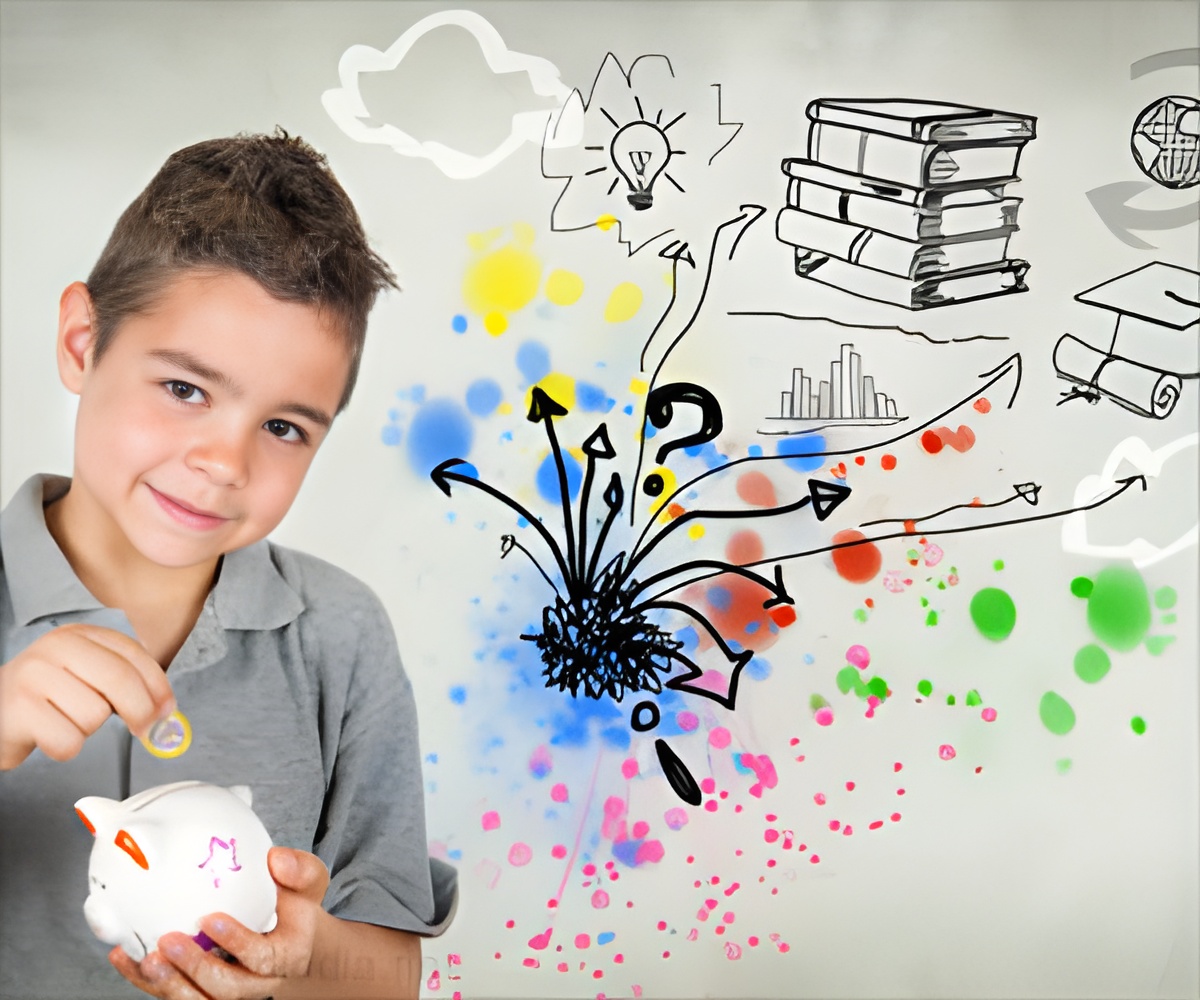
‘More than half of parents worry that they overindulge their children, and many reported different ways of teaching them to be thankful.’
Tweet it Now
Gratitude is associated with more positive emotions, having strong relationships, enjoying more experiences, and even health benefits. However, gratitude is not something that children usually acquire automatically; it needs to be nurtured, in an age-appropriate way.The nationally representative poll report was based on responses from parents of children ages 4-10.
Nearly all parents polled agree that it’s possible to teach children to be grateful, but they used different strategies.
5 ways parents teach their children gratitude are:
Making thank you a regular phrase - the most common way parents use is to teach their kids to be appreciative: reminding them to mind their manners. Some 88% of parents regularly have their child say please and thank you, while 11% do this occasionally, and 1% rarely do it.
Advertisement
Birthdays, holidays, and other gift-giving events also create an opportunity for parents to encourage children to appreciate both the gift and the giver. But just a fourth of parents say their child makes thank-you cards for gifts regularly while 41% do so occasionally and 34% say it rarely happens.
Advertisement
Nearly two-thirds of parents say their family has daily conversations about what they’re grateful for while about 36% regularly say prayers about what they’re thankful for.
Parents can model gratitude for their kids by sharing something positive they appreciated during their day or general gratitude about health, family, and what they have.
Contributing to family chores- another common strategy parents use to teach their child to be grateful is having them do chores to help the family. Three in five parents polled say they do this regularly while about a third occasionally involve their children in household tasks.
To help younger children understand the connection, parents can explain that everyone in the family has a responsibility to help each other, and then point out how different family members contribute to the household in different ways.
Volunteering - nearly two-thirds of parents have involved their child in some type of volunteer or service activity, with half of them saying this has included informal help for neighbors or family members.
More than a third say their kids have contributed to their community through school activities, such as fundraisers or clean-up days. Others have helped their community through their place of worship or another organization.
To help nurture children’s sense of gratitude, parents may want to give an age-appropriate explanation of the reason for the activity and how it will be helpful to others.
After volunteering, parents may talk with children about their experience and how it made them feel.
Giving - a less common strategy to teach gratitude is having a child donate toys or clothes to charity (37% do so regularly, 46% occasionally and 17% rarely, according to the poll.) And just 13 % of parents say their child regularly donates their own money to charity.
Parents may consider involving children the next time they fill a donation box and talk about how those items they once played with or used can now benefit someone else.
Parents should empower them to make these decisions themselves and gently help them see how their generosity could bring happiness to another child.
Source-Medindia










